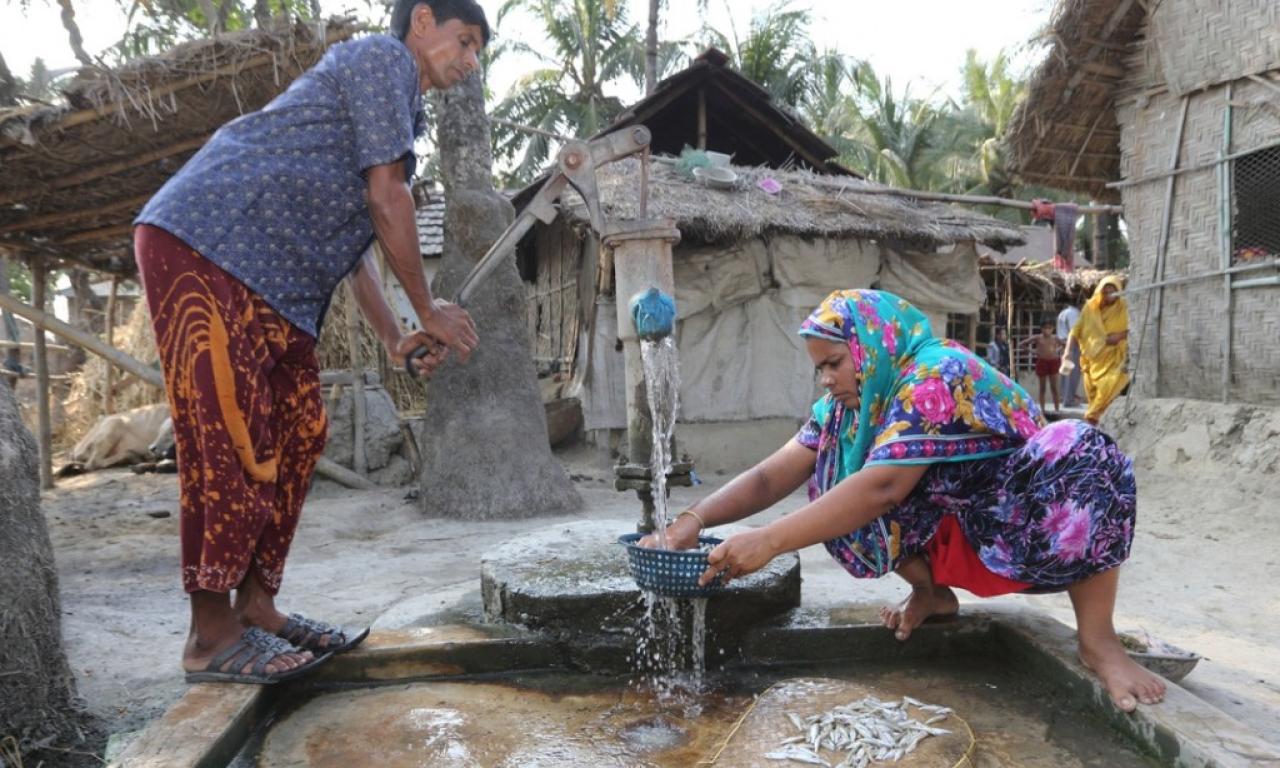
Gary Barker, International Director at Promundo, guest blogs about gender equality in development on International Rural Women’s Day. Engaging men and boys as allies in gender equality has become the buzz phrase in development circles. Donors are asking for it. The UN is talking about it. Development program staffs want to get trained in it. But, what does it mean to “engage men and boys” in gender equality? And, how can we make sure it’s not just the next poverty alleviation fad?
Recommended publications
- Transforming gender relations: Key to positive development outcomes in aquatic agricultural systems
- Supporting gender-inclusive dialogue over natural resource management
Gary Barker, International Director at Promundo, guest blogs about gender equality in development on International Rural Women’s Day.
Engaging men and boys as allies in gender equality has become the buzz phrase in development circles. Donors are asking for it. The UN is talking about it. Development program staffs want to get trained in it. But, what does it mean to “engage men and boys” in gender equality? And, how can we make sure it’s not just the next poverty alleviation fad?
It’s important to affirm that men and boys have always been “engaged” in development efforts to empower women and girls. Sometimes, they have been obstacles or have watched women’s empowerment efforts from the sidelines. At times, as we have seen in women-focused economic empowerment, they have increased their use of violence or continued to dominate household decision-making.
And then, we have the men who agree with and believe in gender equality. They are fathers and husbands and brothers who are supportive partners and are, at least, open to being nudged in the direction of equality. The same applies in terms of men’s use of domestic violence. Globally, we know that approximately one third of men have used violence against their female partners. However, we know that many men are opposed to and appalled by men’s violence against women. The key point: men’s responses to gender equality are widely varied.
It is also important to affirm that engaging men in interventions that have mostly been focused on women, such as reproductive and sexual health or economic empowerment, must be done with attention to control and power. If implemented well, we have examples where men can and will participate as supportive partners. But, when done poorly, there are also examples when men may take over these spaces, taking away women’s limited autonomy.
Furthermore, “engaging men” as allies in gender equality cannot be a simple add-on or a one-off program. This thing we call “gender” is about the relations between and among men and women. It is about power: power that many men have over female partners or the power that some men have over other poorer or subordinated men. Women and men live together; their lives are interconnected. What happens to one affects the other, particularly as it relates to livelihoods.
Promundo has seen in numerous settings that we can engage men and that they will become supportive partners. In Rwanda and Burundi, we promote men’s involvement in caregiving as part of microcredit programs for women. The results? Men are doing more care work, women report more equitable sharing of household decision-making and both men and women report reduced couple conflict. That’s what engaging men can and should be: modeling dialogue, creating shared responsibility and fostering better ways to live together. In the development community, engaging men should not be a buzz phrase, but our mantra about helping men see their role in building lasting gender equality and being agents of change.